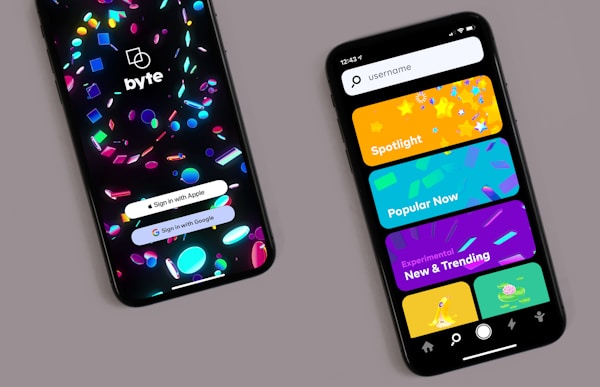You might ask yourself, “How does application integration work?” Let’s dive into it. Application integration is the process of connecting two or more applications to exchange data and share information. The process can be simple or complex, depending on the number of applications and the amount of data involved. Keep reading to learn more about application integration and how it works.
Application integration is a vital part of most businesses. Companies can improve communication between departments, automate business processes, and make it easier for employees to access the information they need by integrating different software programs.
Application Integration Essentials
There are many different ways to integrate applications. The most common approach is to use an application programming interface (API) to create a link between the two programs. An API allows one application to send instructions to another application, telling it what data to retrieve or how to behave. For example, if a company wants to create a custom order form that integrates with its accounting system, it would use an API to tell the accounting system what information to include on the order form and how that information should be formatted.
Another common way of integrating applications is by using middleware. Middleware is software that sits between two other applications and translates between their formats. For example, if one application uses SQL queries while another uses XML files, the middleware would translate between the two formats so that they can communicate with each other. Middleware can also be used for security purposes; for example, if an organization wants to allow its employees access only certain parts of its CRM system, it can use middleware to control which data those employees can see.
Choosing the Right Application Integration Solution

The process of selecting the right application integration solution can be difficult, but there are a few key factors to consider. The first step is to understand the business requirements and what needs to be integrated. Once that is determined, it’s important to evaluate the different integration solutions and determine which one will best meet those requirements.
Some factors to consider when evaluating solutions include:
The complexity of the integration: How many applications need to be integrated, and how complex are they?
The availability of connectors: Does the solution have connectors for all the applications that need to be integrated?
The ability to scale: Can the solution handle increasing volumes of data as needed?
The flexibility of the solution: Can it accommodate changes in business requirements over time?
The cost: What is the total cost of ownership for the solution?
Overcoming Challenges with Application Integration
Many challenges can arise when attempting to integrate two or more applications. One of the most common issues is incompatible file formats. Applications may use different proprietary formats for their data, making it difficult to merge the data into a cohesive whole. Another obstacle can be differences in functionality between the applications. If one application expects a certain input or output that the other application cannot provide, then the integration will not work as planned. Additionally, a lack of communication between the developers working on each application can lead to errors and misunderstandings during integration.
One way to overcome these challenges is by using an intermediary software layer known as an integration platform or middleware. This tool sits between the applications and translates between their respective formats and functions. It can also act as a liaison between the developers working on each application, ensuring that everyone is on the same page concerning what needs to be done for successful integration.
Why Application Integration is the Right Option

As shown above, there are many benefits to application integration. Perhaps the most obvious benefit is that it enables businesses to share data and processes more efficiently. This can improve communication between departments, and make it easier for employees to access the information they need to do their jobs.
Further, it can help businesses automate tasks and processes. This can save time and money and improve accuracy. Additionally, application integration can improve the overall security of a business’s data. Businesses can make it more difficult for hackers to gain access to sensitive information by consolidating data into a single system.
Finally, application integration can help businesses to improve customer service. Businesses can provide their customers with a better experience by automatically retrieving their account information and preferences. Additionally, businesses can use application integration to automatically generate documents, such as invoices and purchase orders, which can save time and improve accuracy.
Tech content on this site may include contributed articles and partnerships with industry voices. Learn more in our Editorial Policy.





